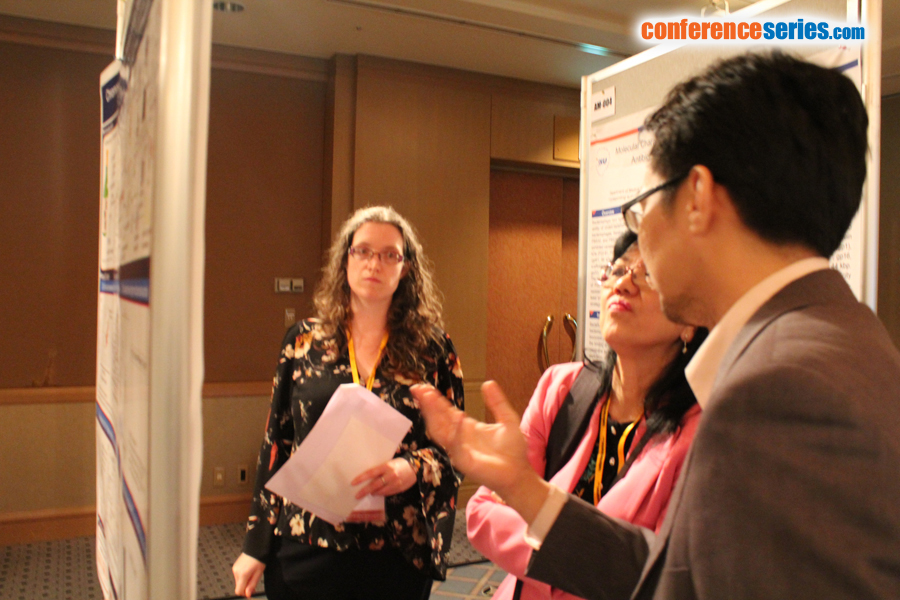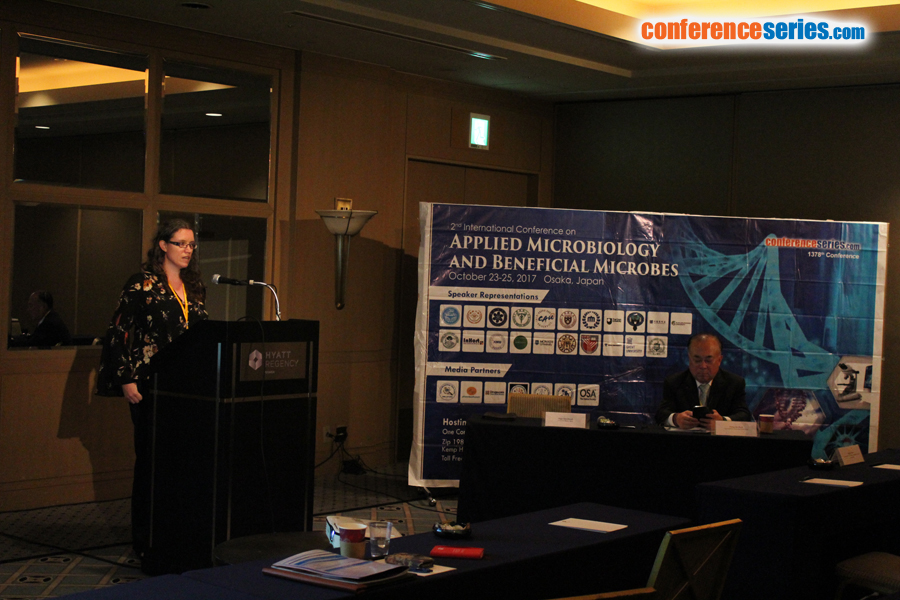
Ceri L Gwyther
Open University, UK
Title: Improved testing for the pathogenic fungi Aspergillus fumigatus
Biography
Biography: Ceri L Gwyther
Abstract
Statement of the Problem: Aspergillus fumigatus (AF) is a major cause of invasive aspergillosis (IA) in immunocompromised people, with mortality rates as high as 70-90% for patients in the most at-risk group. A. fumigatus spores are readily transported by air and are of particular concern in areas where decomposition occurs, e.g. compost sites, farms and waste sites; and in hospitals, where the number of immunosuppressed patients is rapidly increasing. The current protocol for measuring A. fumigatus in bioaerosols is outdated and relies heavily on laboratory staff accurately identifying closely related species and may substantially underestimate the actual numbers of live A. fumigatus in the air. Molecular methods such as quantitative PCR (qPCR) have been used to estimate the numbers of A. fumigatus in bioaerosols. However, this method does not quantify active fungi. The purpose of this study is to provide an improved method of quantifying viable A. fumigatus emitted in bioaerosols. Methodology & Theoretical Orientation: RNA extraction efficiency from A. fumigatus Af293 was examined using different bead-beating techniques followed by TRIzol extraction. Primers were designed to target the 1-3 β-glucan synthase catalytic subunit, fksP. Standards were prepared using RT-qPCR products of RNA from A. fumigatus Af293. The specificity of the assay was tested against other species of Aspergillus, Neosartorya fischeri and Penicillium glabrum, and environmental isolates collected during the study. Findings: Primer specificity was complicated due to the close relationship with N. fischeri, a food-borne fungus phenotypically related to A. fumigatus. However, a two-step reverse transcriptase-qPCR (RT-qPCR) assay was designed using the SYBR Green technology. Conclusion & Significance: Effective treatment of IA depends on the causative agent. Rapidly identifying the most common cause of IA will lead to more targeted and effective treatment and in addition will aid us in identifying contamination in hospital clean rooms
Speaker Presentations
Speaker PDFs
Speaker PPTs Click Here






